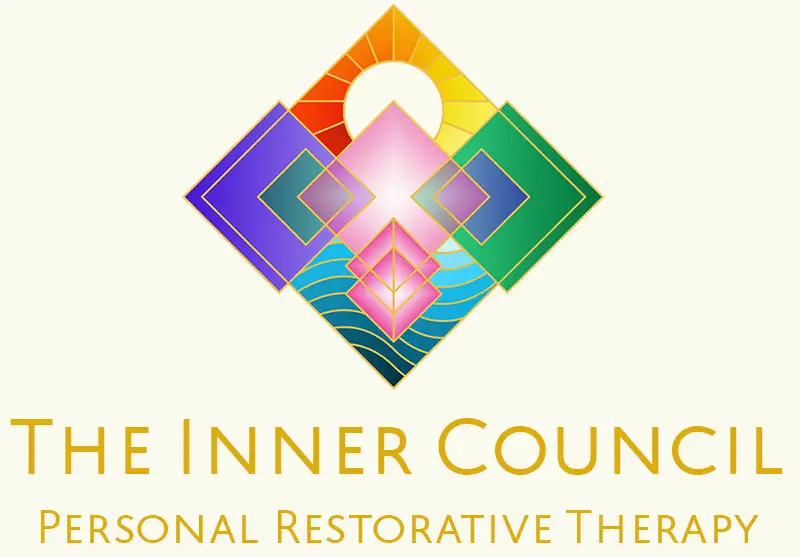Our lives unfold as stories, yet trauma often interrupts those stories—psychologically, somatically, and neurologically. When overwhelming experiences exceed the psyche’s capacity to process them, the narrative thread breaks. The body remembers, but the storyline does not. These ruptures create gaps in identity, leaving the inner child holding pieces of the story that the adult self cannot yet understand.
Because many early experiences occur before verbal language develops, the psyche does not store them in words. It stores them in images, sensations, symbols, and patterns. This is why the inner child speaks in metaphor rather than explanation, and why Chaptering relies on symbolic narrative as its primary mode of communication.
Symbols and archetypes are the natural language of the inner world. They allow the psyche to express truths that would feel overwhelming if spoken directly. They offer intimacy without intrusion, distance without dissociation. Following the insights of Marie-Louise von Franz, Jung, and Clarissa Pinkola Estés, Chaptering recognises that archetypes are timeless forms of meaning. They provide stable shapes for experiences that have not yet found language. In fairy tales, the path from once upon a time to happily ever after is the symbolic journey from fragmentation to coherence. The same is true within Chaptering. The inner child leads, the adult witnesses, and the symbols form a bridge between body, memory, emotion, and understanding.
Among these archetypal patterns is the Divine Child—the symbol of renewal, hope, and creative essence that appears throughout myth and folklore. The Divine Child is not merely youthful; it is sacred. It represents the undamaged core within each person, the spark that survives even the darkest chapters. When this archetype arises in a session, it often signals a turning point in the story: a call toward restoration, trust, and the deeper intelligence of the psyche. Through symbolic communication, the inner child reveals what was split, forgotten, inherited, or unfinished. As the adult self listens without force, the narrative begins to restore itself from the inside out.

